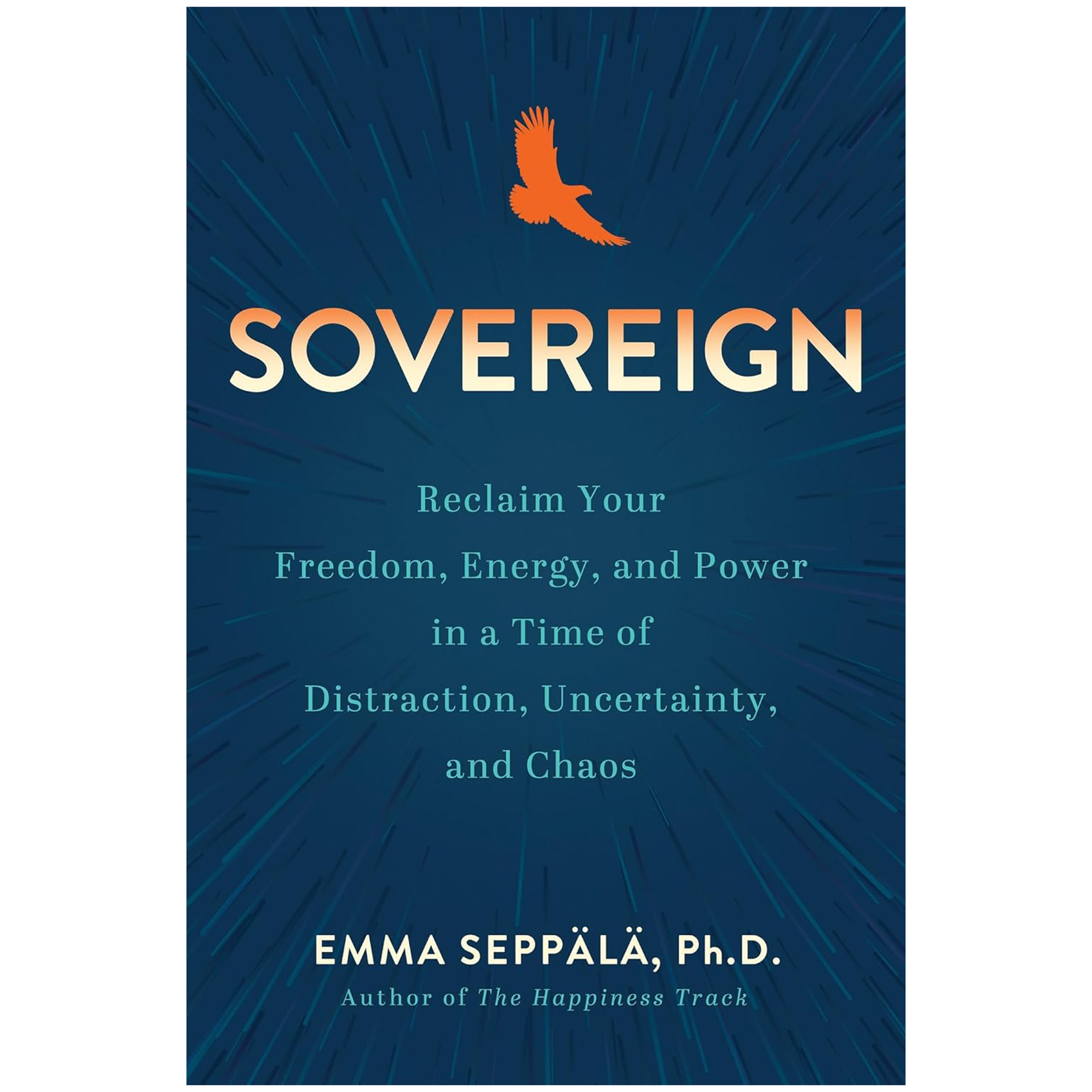Reading Time: 2 min 7 sec
I hope the next 25-ish breaths are the most nourishing of your day.
4 THOUGHTS
1. Speech: Where Life Energy and Language Meet
“Humans produce verbal language by controlling the flow of air over the voice box and vocal cords. Our words are carried on a wave of breath, the same breath that feeds the cells of our body with oxygen from the moment we are born until the moment we die. Pause to take this in for a moment: we use the same physiological process to speak as we do to sustain our life energy.”
- Oren Jay Sofer, Say What You Mean
What a neat perspective shift. The same breath that sustains life also creates speech. But it goes even deeper…
2. Why How You Speak May Change How You Feel
“Our breath (and therefore our speech) is directly linked to our nervous system in a reciprocal relationship: a change in one affects the other…When we understand the relationship between our breath, our words, and our mental-emotional state, we gain more mastery over our experience and self-expression.”
- Oren Jay Sofer, Say What You Mean
Since speech is controlled breathing, the way we speak changes how we breathe. And since breathing is connected to the nervous system, the way we speak affects how we feel.
Speak kindly, and we’ll feel better. Speak slowly, and we’ll feel calmer. Maybe speaking is the most profound breathing exercise of all…
3. Four Elements of an Effective Breathing Practice
Last week, I shared two meta-analyses showing breathing reduces stress as effectively as CBT. But what makes an effective practice? Let’s use HHPF's study for practical guidelines for just that.
Their review of 58 studies revealed that an effective breathing practice for stress reduction includes:
Slow or mixed slow/fast breathing
5 minutes per day
At least one human-guided session
Long-term practice
4. Laugh It Off
“If you can laugh it off when things go against you while still giving your very best, you are mastering the art of living.”
- Eknath Easwaran, Passage Meditation
Wise words to live by this week.
1 Quote
“Even something as simple as taking a long, slow outbreath can begin to settle our nervous system.””
1 GOOD BOOK
Breathwalk by Gurucharan Singh Khalsa, Ph.D., and Yogi Bhajan, Ph.D.
Breathwalk is an all-in-one practice combining breathing, meditation, and physical movement. The book includes many specific routines you can try immediately, along with the philosophy and science behind why they work. Definitely worth the read.
The Breathing App for Diabetes
This is the first program specifically made for people with diabetes to help manage their stress through breathing and mindfulness practices. In addition to the amazing program inside the app, we have some really neat things coming up, so sign up now!
Amazon Associate Disclosure
I’ve been recommending books for almost 6 years. Yet somehow, I just discovered that I could be an Amazon affiliate [face-palm]. In any case better late than never. Now, any Amazon link you click is an affiliate link. As an Amazon Associate, I earn from qualifying purchases. So, if you’d like to support my work, buying books through these links is helpful : )
* An asterisk by a quote indicates that I listened to this book on Audible. Therefore, the quotation might not be correct, but is my best attempt at reproducing the punctuation based on the narrator’s pace, tone, and pauses.









